tecneeq
Well-known member
So i pulled the board out of my Quadra 650 to overclock it from 33 to 40MHz. Wanted a socket for the oscillator too, in case i want to try 44MHz some day. Enjoy my journey! Mind you, i am half blind. 
The idea was simple, unsolder the old oscillator, solder in a socket and plug in the new oscillator. Easy:
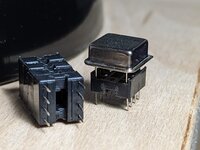
I dusted off the board and removed the heat sink to apply new heat transfer paste:
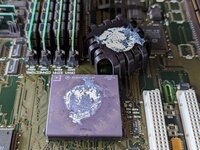
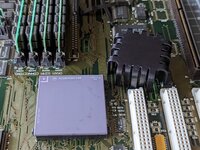
Then i located and lubed the old part:
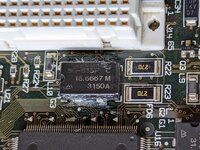
Obviously i burned my Nubus slot like a noob:
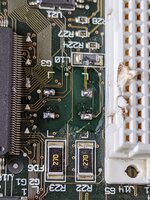
The socket i had planned didn't work, not enough space between the Nubus socket and the part to get it done, so i cut one of those guys up:
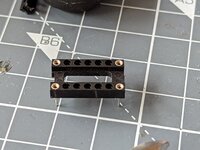

The other part. This may look funny, but it's actually robust enough to not move when you flick a finger against it:
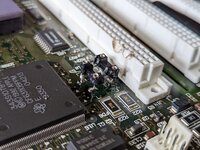
Thought about a socket tower for a second, but ended up with this:
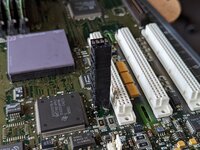
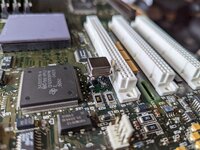
Here is what the pins are, information no other guide seems to provide. First the old:
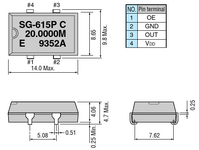
And the new part:

I then connected the power supply and the speaker to the board, turned it on and got a bong! Seems to be working.
Time for a piece of chocolate and a cup of tea.

The idea was simple, unsolder the old oscillator, solder in a socket and plug in the new oscillator. Easy:

I dusted off the board and removed the heat sink to apply new heat transfer paste:


Then i located and lubed the old part:

Obviously i burned my Nubus slot like a noob:

The socket i had planned didn't work, not enough space between the Nubus socket and the part to get it done, so i cut one of those guys up:


The other part. This may look funny, but it's actually robust enough to not move when you flick a finger against it:

Thought about a socket tower for a second, but ended up with this:


Here is what the pins are, information no other guide seems to provide. First the old:

And the new part:

I then connected the power supply and the speaker to the board, turned it on and got a bong! Seems to be working.
Time for a piece of chocolate and a cup of tea.

